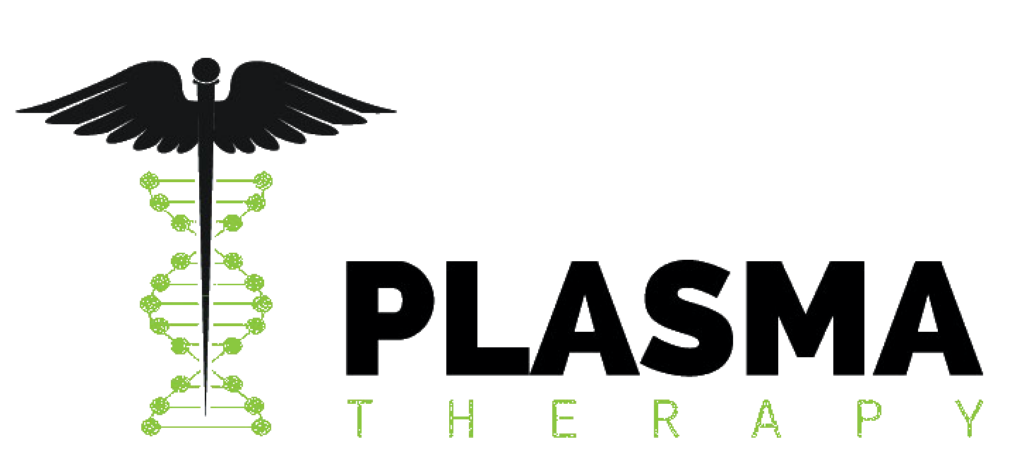We’ve all been there – seated in the donor chair as a technician gently presses along the inside of your elbow, carefully inspecting the area. For first-time plasma donors especially, this routine elbow check can seem mysterious. Why all the attention on your elbows? As it turns out, there are some fascinating reasons behind this common pre-donation procedure.
An Intimate Look at Your Inner Elbow
When donating plasma, properly accessing a vein is crucial. This requires finding a section of vein that is large, stable, and close to the surface for easy access by the needle. For many donors, the antecubital area – the inner crook of the elbow – provides ideal veins with just the right anatomy.
Prime Vein Real Estate
The antecubital fossa, as the inner elbow is known medically, contains the basalic, cephalic, and median cubital veins. These veins are relatively straight, large in diameter, and run close to the surface, making them prime targets for plasma donation.
In contrast, hand and wrist veins are often smaller, wiggle more, and have valves that can impede proper blood flow during donation. For these reasons, the elbow reigns supreme when it comes to reliable vein access.
Visualizing Vein Variability
Veins can vary significantly between people and even between arms on the same person. Some individuals have thick, ropy veins that are easy to see and access. For others, veins are thinner and lie deeper under layers of tissue and fat.
By inspecting and palpating the elbow area, technicians can map out the best veins for each donor prior to insertion of the needle. Pushing gently around the inner elbow allows technicians to evaluate vein depth, diameter, flexibility, and surrounding anatomy.
More Than Just Veins
While assessing veins is central to the elbow check, technicians also look for other important factors:
Signs of Infection
The inner elbow is visually inspected for any signs of infection, redness, swelling or rash. Even minor skin irritations can cause complications if the needle irritates the area during donation.
Scar Tissue
Technicians will also note any scarring from previous injections or plasma donations. Dense scar tissue can make vein access more difficult and uncomfortable if the needle has to penetrate through it.
Nerve and Reflex Testing
Light touching or tapping along the inner elbow can test nerve function and reflex responses. Unusual pain, numbness or impaired reflexes may indicate an underlying issue needing further evaluation.
Hydration Status
Prominent and flexible veins can signify adequate hydration, while kollapsed or difficult-to-locate veins may indicate dehydration. Proper fluid intake is vital for an efficient donation.
Linking Elbows to Blood Pressure
Blood pressure measurement is a standard part of the plasma donation process. For consistency and reliability, blood pressure cuffs are commonly placed on the upper arm near the elbow.
Since blood pressure must be monitored multiple times during donation, having the cuff already positioned just above the elbow allows for easy, repeated measurements without disruption.
Common Donor Questions and Concerns
The elbow inspection may raise some questions or concerns for first-time donors. Here are some facts to put donors at ease:
- The procedure is quick, taking only 10-30 seconds in most cases.
- While pressure may be applied, the touch is gentle and should not cause significant pain. Speak up if you experience discomfort.
- Some branching and movement of the vein may occur, but this is normal and not a cause for concern.
- Ask questions! Technicians will happily explain what they are doing and why at each step.
Ensuring a Safe and Effective Donation
For staff and donors alike, the number one priority is maintaining a safe, comfortable, and productive donation experience. Thorough evaluation of the elbow vein anatomy is crucial in achieving this goal.
Along with visual inspection, palpation provides valuable information about vein suitability that is difficult to assess otherwise. Combined with diligent monitoring of vital signs, the elbow check provides key insights into the donor’s health and readiness to give plasma.
While curiosity about this ubiquitous procedure is understandable, donors can rest assured that elbow checks serve an important clinical purpose in protecting their health and safety.
A Bright Future Built on Trust
As plasma collection technology continues advancing, the donation process is only becoming safer, easier and more personalized. One day, futuristic vein mapping techniques may eliminate the need for manual elbow checks altogether.
Until then, donors can have peace of mind knowing that elbow assessments and other established protocols aim to maximize the protection and comfort of donors while also ensuring life-saving plasma quality. By building trust through education and transparent communication, the plasma industry can pave the way for even greater innovation and progress in the years ahead.

